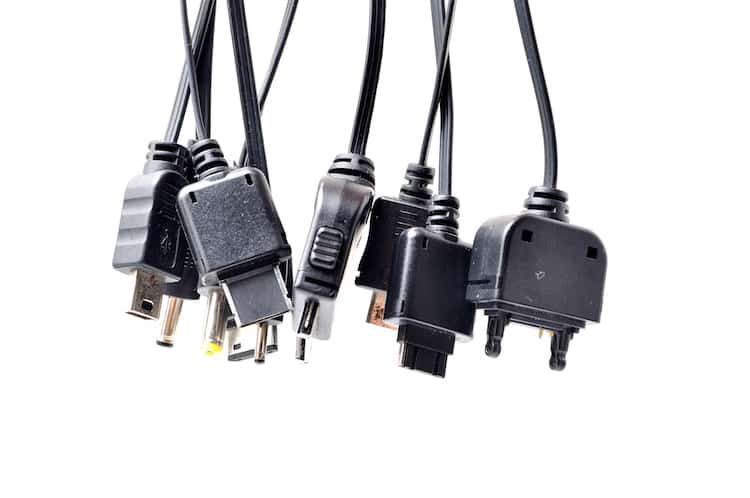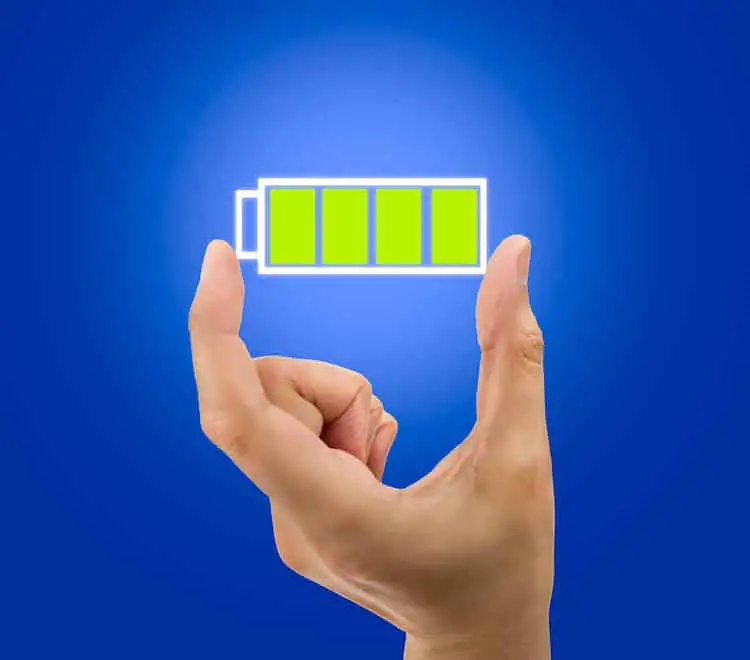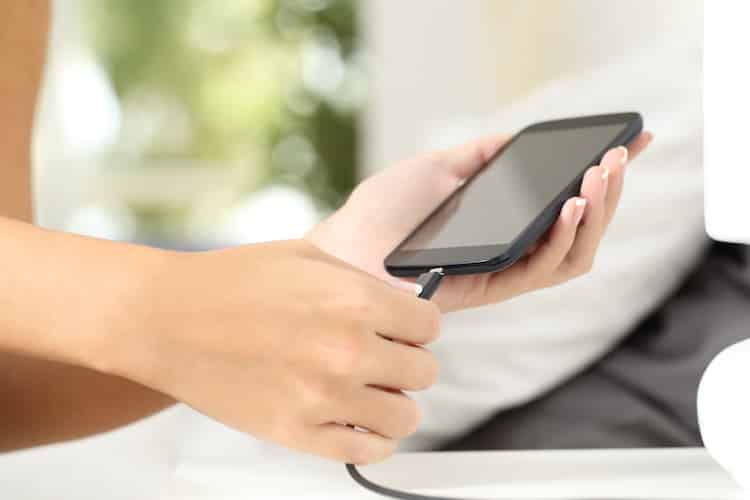Imagine a world without wires, a world where we don’t have to look at the battery icon on our cell with panic. Where the question “do you have a phone charger for (insert your model here) please?”
We may have cut the apron strings and be fully functioning adults, but the truth is that we just can’t seem to “cut” the wire! I don’t think it is an exaggeration to say that we depend heavily on our cell phone chargers to keep us connected with the world.
We constantly need to charge our cell phones – because it is almost impossible to relax when they are flat. We use our cell phones for everything nowadays, going on to Facebook, Twitter, Instagram, checking emails, sending instant messages, sms or (this one may seem strange) making a phone call.

Technology plays a huge role in our lives, and it is desirable to keep up with the newest makes and models on the market. The new iPhone, Samsung or Sony make headlines, and result in overnight queues in some cases.
The good news is that we can expect more than we might have dreamed from these major names! What do you think about devices that can charge themselves?
This is certainly something that I did not forsee anytime soon.
I mean, how can electronic devices charge themselves without being plugged into an electricity source?
It sounds so impossible, but wouldn’t we all love for this to come true!
Believe it or not, there are various ways that we can charge our beloved electronic devices, without a plug or a wire in sight.
How?
The different techniques have one thing in common – they absorb energy from some sort, for example heat, light or vibrations. That energy is then converted into what they call “electrochemical energy”. This energy is stored in the device’s battery. Unfortunately the energy that is captured is not enough to be practically resourceful.
The good news is though that according to Science Questions with Surprising Answers,
“Intense research is currently underway to make energy capture more efficient, and breakthroughs are beginning to be achieved in this area.”
Wireless Charging
We can already find cell phones that can charge wirelessly on the market, but the charging source does need to plugged in, and, well, charged. This concept, has already made our lives easier. It provides another back-up when the cell’s own battery is finished.
What would be groundbreaking is harnessing the energy that will allow us to “cut” the wire once and for all – making our lives a whole lot easier!

Harnessing Solar Energy For Cell Phones
Remember using a solar powered calculator in maths class? Don’t allow me to let you feel old; but they have been around for decades!
But how does this work?
“Solar cells (also known as photovoltaics) absorb ordinary light and convert it directly to electricity using layers of semiconductors.”
There is ongoing research to put this kind of technology in handheld electronic devices, but there have been a few setbacks. In order for traditional solar cells to provide enough output power for something as hungry as a cell phone, it would need to be:
- Huge.
- In direct sunlight for most of the day.
Unfortunately neither of these conditions is very practical for a cell phone. You can find solar charging cases on the market though, which is a step in the right direction.
However, the engineers of Massachusetts Institute of Technology used the idea of harnessing the heat that the device creates itself, and converting that into electricity. Their prototype battery is able to charge itself at temperatures of 20°C to 60°C.
Unfortunately the battery designed by Dr Chen and his team is only button sized at this stage, but they are on the way to making this usable for the masses.
Harnessing Kinetic Energy For Cell Phones
Did you know that once something moves or vibrates, it can be stopped in such a way that the resulting potential energy can be captured and then converted into electricity.
The most known example would be Hybrid cars They make use of this kinetic energy every time the driver steps on the brakes. Electricity is captured and channeled back into the batteries, which also saves fuel and money .
Zhong Lin Wang and Jinhui Song demonstrated the conversion of vibrational energy to electrical energy using piezoelectric nanowire arrays. When piezoelectric crystals are squeezed, they produce a small amount of electricity. While the amount of energy captured is generally too small to power a device, recent advances in nanoscale structures are boosting their efficiency. It could mean that eventually, we will be able to charge our phones just by squeezing them…or at least something connected to them!
Harnessing Heat For Cell Phones
Can heat really be useful for something more than just enjoying hot summer days at the pool?
Absolutely. Heat can be captured and also converted to electricity, funnelling the random thermal motion of ions or electrons into a more ordered motion of charge. The researchers Guoan Tai, Zihan Xu, and Jinsong Liu have recently demonstrated the conversion of heat to electricity using the ion layer that forms between silicon and a copper chloride solution.
Isn’t that a hot idea to charge your phone in the future?
Harnessing Radio Waves and Electromagnetic Induction For Cell Phones
Electromagnetic waves carry energy, in a way that is similar to a phone signal. The radio waves surrounding us are strong enough to carry a signal, but not suitable to provide waves of electric power to devices.
But what if we could develop them to become stronger? If science could find a way to use more intense radio waves, the outcome would be that energy could be beamed wirelessly, at significant power levels to a device.
In the 1890’s, our favorite electricity pioneer Nikola Tesla researched wireless power transmission. He found ambient radio waves from rocks, trees, stars, and so forth, but these were not strong enough to provide power. He realized that a dedicated power transmitter would be needed to create the intense radio waves required to harness their power. This was considered an expensive drawback.
Some thoughts are that a simple tabletop radio transmitter could be used – although the device to be charged would need to be in the same building as the transmitter in order to efficiently capture the electromagnetic energy.
“Radio waves are self-propagating travelling waves in the electromagnetic field. In contrast, induction effects are more localized electromagnetic disturbances that do not wave, but still carry energy. From a technology standpoint, radio wave power transmission and induction power transmission is virtually the same thing. Radio wave/inductive charging methods are already being used on several commercial products, such as Google’s Nexus 4 phone and Nokia’s Lumia 920 phone.”

How About A Silicon Super-Capacitor?
At the Vanderbilt University in Washington, scientists have designed a novel super-capacitor, which could help develop devices such as cell phones to recharge themselves in seconds and work for weeks.
Let’s find a definition before we continue:
A supercapacitor (SC) (sometimes ultracapacitor, formerly electric double-layer capacitor (EDLC)) is a high-capacity electrochemical capacitor with capacitancevalues much higher than other capacitors(but lower voltage limits) that bridge the gap between electrolytic capacitors and rechargeable batteries.
It should be possible to construct these power cells out of the excess silicon that exists in the current generation of solar cells, sensors, mobile phones and a variety of other electromechanical devices, providing a considerable cost savings, according to researchers.
“If you ask experts about making a super-capacitor out of silicon, they will tell you it is a crazy idea. But we’ve found an easy way to do it,” says Cary Pint, assistant professor of mechanical engineering who headed the study.
“Supercaps” as they are called, store electricity by assembling ions on the surface of a porous material, unlike traditional batteries, which store their energy in a “chemical reaction way”.
The Delta V
With all these wonderful ideas, concepts and research surely someone has come up with a practical solution by now? Well actually, Niki D. Chania, a Greek mechanical engineer and industrial designer from AKTO Art and Design School, developed a concept that uses many of the ideas we have discussed.
The Delta V is the very first energy-independent smartphone concept that is based on renewable energy sources such as solar energy, piezoelectricity, and triboelectricity.
Using a combination of these technologies they believe they will be able to convert even the slightest vibrations and movements into enough power for a cell phone to function, which means, NO WIRES!
And best of all? It is ‘free’ energy! This device produces enough energy to power itself without having to rely on any backup sources whatsoever.
It is still in the conceptual phase, but we can rest assured that a solution is coming.
Tag Heuer’s Meridiist Infinite
There is actually a self charging cell phone on the market already – it is just outside of most of our budgets.
One of the best watchmakers on the planet has designed a cell phone which offers “infinite-power” and runs on light but it costs….. $12,000!
Tag Heuer, known for its fancy chronographs, Brad Pitt adverts, and general bling have ventured into the mobile world with their ‘Meridiist Infinite’.
According to the company, it wants to offer an alternative, superior product, in an industry known for short-lived phones that are thrown away every few years.
“Products become obsolete very quickly and are often lacking in quality,” says Stanislas Dupuydauby, brand manager at Tag Heuer. “The time has come for a mobile phone to be endowed with a sense of permanence.”
The Infinite self-charges with both natural and artificial light. Transparent photovoltaic cells located behind the sapphire crystal display automatically convert light into electricity.
“The main challenge was designing a solar cell able to bring enough power to charge the mobile phone,” Dupuydauby says. Tag Heuer teamed up with a French company called Sunpartner Technologies, specializing in solar energy, to make this device a reality.
Disadvantages?
Well, besides the price tag, this phone does not have Internet, GPS or any of our known and loved apps.
Advantages?
Of course, you never have to charge it, and it also boasts a world clock, currency converter, calendar, calculator and of yes you can make phone calls on it.
Summary
It sounds as though huge strides are being made to accomplish this concept of self charging devices. And while it does come with a huge price tag at this stage, there is no question that in the near future this will become a more accessible, and let’s admit, cheaper reality, which will change our lives.
What do you think? Do you have a burning idea to create a self charging phone of your own? Or do you think this will never catch on?
We would love to hear from you.








I was talking to a close friend of mine about self charge phones that should be in the near future how can I go about getting started
i have an idea that a smart phone that converts the energy in its environment into electricity,It stores part of its energy in the battery. who wanna investing in my idea?
I have an idea that a smart phone that converts the energy in its environment into electricity,It stores part of its energy in the battery. I wanted to know who is interested in investing in this idea?
What if as a battery discharges energy powering the device, power is tapped and redirected back to the same battery. With that a fully charged battery from factory doesn’t have to be recharged.
I have an idea that can help the globe to reach its dream of making mobile phones that can charge themselves . Trust me insane but when put to work it will work out.